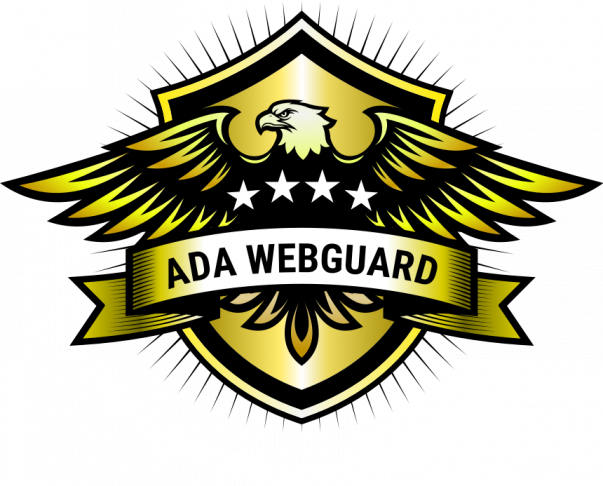Web accessibility means that websites, tools, and technologies are designed and developed so that people with disabilities can use them.
The Web Content Accessibility Guidelines (WCAG) are part of a series of web accessibility guidelines published by The World Wide Web Consortium (W3C) Web Accessibility Initiative (WAI).
The guidelines and Success Criteria are organized around the following 4 principles, which lay the foundation necessary for anyone to access and use Web content.
Anyone or business that has a website must adhere to the following 4 WCAG (Web Content Accessibility Guidelines) Accessibility principles to be compliant: Principle 1: PERCEIVABLE Typography, Images, Audio, and Video. Principle 2: OPERABLE Interfaces and Navigation, Keyboard Navigation, Progressive Enhancement Principle 3: UNDERSTANDABLE Be Simple and Explicit, Avoid Assumptions Principle 4: ROBUST Semantic Markup, Responsive Design Web accessibility encompasses all disabilities that affect access to the Web, including:- auditory
- cognitive
- neurological
- physical
- speech
- visual
There are multiple levels of accessibility standards:
A, AA and AAA. It’s not possible to “partially” meet a WCAG level. You either do or you don’t. For most sites, the Federal and State courts recommend level AA compliance.Checking Your Website against WCAG standards:
ADA WebGuard offers an automated free web page accessibility scan meant to help companies and web developers improve user experience on their websites.WCAG Compliance Checklist:
To achieve full compliance with your website, ADA WebGuard recommends conducting both 1. Automated Testing and 2. Manual Auditing using all WCAG AA Success Criteria. WCAG 2.0 & 2.1 has a total of 78 Success Criteria 1. ADA WebGuard’s Automated Testing platform: Automated tests are essential when evaluating your website for ADA non-compliant accessibility errors on a technical level, and are especially important when developing, remediating, and/or maintaining a website. Automated testing alerts you to errors like:- FORM FIELDS: Automated tests make sure that all entry fields have labels.
- COLOR: Automated tests verify that color combinations in a text are used appropriately.
- LINKS: Automated testing quickly determines that all links are functioning as they are supposed to.
- AND MORE…
- SKIP TO MAIN CONTENT LINK: This prevents users from having to go through your entire navigation over and over again just to get to the main content of your page.
- PAGE TITLES: Page titles are what is visible in tabs or bookmarks and should be appropriate to the page content.
- HEADINGS: Headings accurately describe the content.
- AND MANY MORE!


